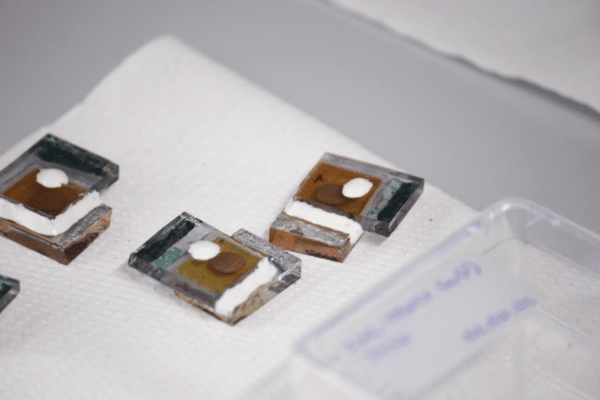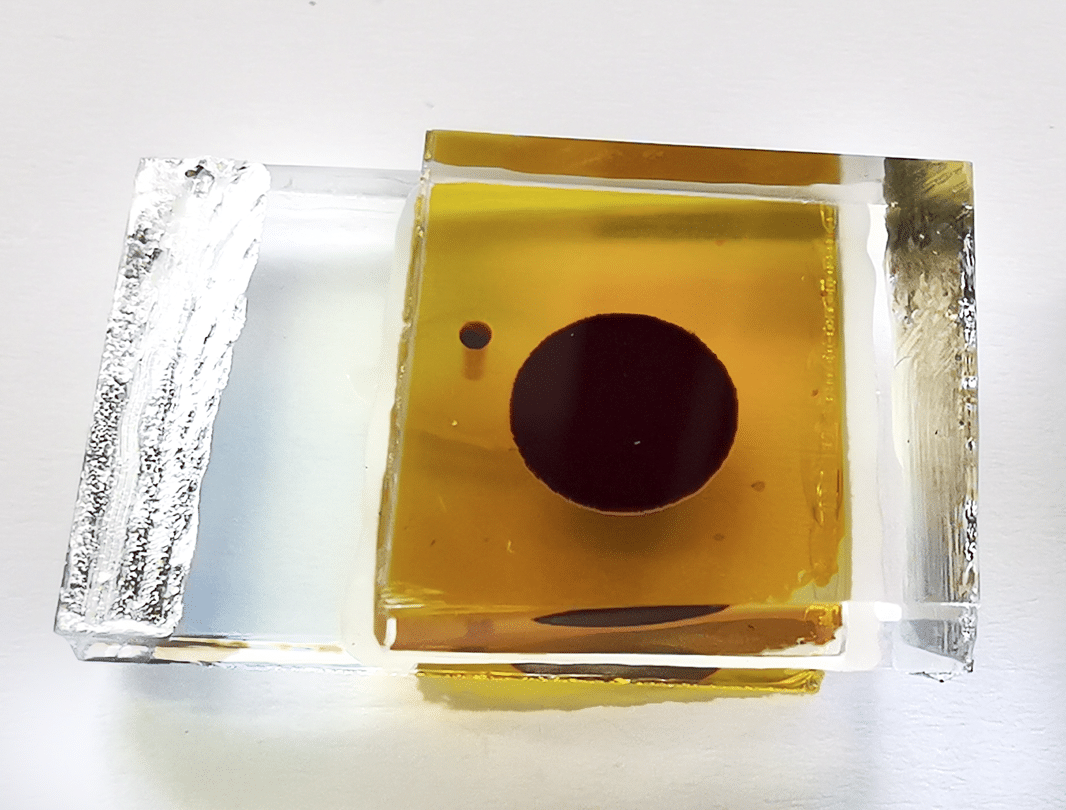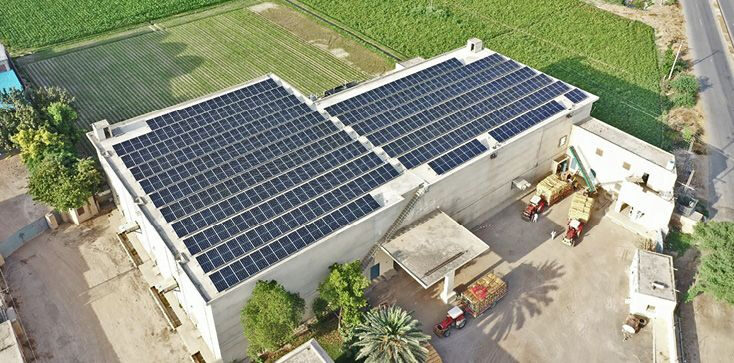Researchers at Switzerland’s Ecole Polytechnique Federale de Lausanne (EPFL) used a special dye to fabricate dye-sensitized solar cells (DSSC) with high open-circuit voltage and power conversion efficiency of 13.5%, which is claimed to be among the highest for this kind of device.
This type of solar cell, which is also known as a Grätzel solar cell, named after its inventor, EPFL Professor Michael Grätzel, is used for powering electronic devices such as wireless sensors or internet of things, with indoor light.
This dye, a new tailored organic photo-sensitizer coded MS5, was used to fabricate devices with a copper (II/I) electrolyte. Designed by main research author Marko Stojanovic, the dye was then used as a co-sensitizer with another well-known organic sensitizer known as XY1b. “The photo-sensitizer is at the heart of the operational mechanism of the device,” Stojanovic told pv magazine. Hence, reducing the costs and fabrication process of the dye facilitates the access and implementation of the DSSC technology, he added.

Image: École Polytechnique Fédérale de Lausanne
The co-sensitization method, according to the research team, offers the advantages of the high photo-voltage of MS5 and those of the wider spectral-response dye of the XY1b. “Apart from absorbing photons from the blue and yellow domain of the solar emission spectrum, the role of the new dye in this tandem is to boost the voltage output of the device by retarding the recombination of charge carriers generated by light,” the academics stated. “MS5 is a fully organic dye that I synthesized in a one pot-method, from its building blocks,” Stojanovic explained. “It presents several attractive features compared to the traditional Ru-based sensitizers, notably, the absence of rare-earth metal and its straightforward synthetic procedure.”
The co-sensitized MS5/XY1b solar cell achieved a power conversion efficiency of 13.5% under standard AM1.5G sunlight conditions and remained stable for 1000 h under light soaking conditions and devices solely sensitized with MS5 showed an open-circuit voltage of 1.24 V, which the researchers said was a record value among copper-based DSCs.
“Our work constitutes an important breakthrough in the work of DSSCs and especially dye design,” said Grätzel, the director of EPFL's Laboratory of Photonics and Interfaces. “It shows that high performances are achievable with a relatively simple dye, through judicious molecular engineering of the sensitizer's molecular structure.”
Compared to conventional p–n junction photovoltaic devices and other thin-film PV technologies, the Grätzel solar cells have much lower production costs. These PV devices, however, must still gain in efficiency, scalability and stability to get closer to mass industrial production. What makes them still attractive, after more than 30 years of research, is their good performance under low-light conditions, as well as their flexibility in terms of colors and appearance.
This content is protected by copyright and may not be reused. If you want to cooperate with us and would like to reuse some of our content, please contact: editors@pv-magazine.com.




1 comment
By submitting this form you agree to pv magazine using your data for the purposes of publishing your comment.
Your personal data will only be disclosed or otherwise transmitted to third parties for the purposes of spam filtering or if this is necessary for technical maintenance of the website. Any other transfer to third parties will not take place unless this is justified on the basis of applicable data protection regulations or if pv magazine is legally obliged to do so.
You may revoke this consent at any time with effect for the future, in which case your personal data will be deleted immediately. Otherwise, your data will be deleted if pv magazine has processed your request or the purpose of data storage is fulfilled.
Further information on data privacy can be found in our Data Protection Policy.